Table of Content
Enhancing the living room ambiance goes beyond mere aesthetics; incorporating living room indoor plants not only introduces a touch of greenery but also contributes to air purification and a positive atmosphere. Here, we present a curated list of the top 10 beautiful and low-maintenance living room indoor plants.
Integrating a selection of potted plants into your living room can swiftly elevate the environment, enhancing its visual appeal and aesthetic charm. Beyond their decorative function, plants play a pivotal role in promoting psychological well-being. Lush and flourishing, indoor plants emit positive and calming energies. In the living room, these plants actively purify the air by eliminating pollutants and toxins, fostering healing, reducing stress, and mitigating chronic health issues like depression and anxiety. Explore the optimal indoor plants to enrich your living room space.
Best indoor plants for living room #1: Areca palm
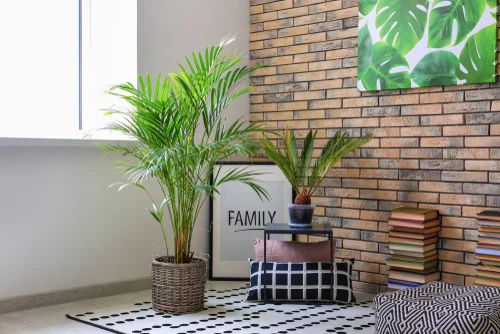
The areca palm stands out as a swift-growing, low-maintenance living room indoor plant. Infusing a tropical ambiance, it not only adds aesthetic appeal but also serves as an air-purifying agent. Identified as Dypsis lutescens or Butterfly Palm, this plant actively breaks down carbon monoxide and various chemicals found in paints and fuels, making it an excellent choice for enhancing indoor air quality. Placing the areca palm in indirect sunlight is crucial to prevent the leaves from turning yellowish-green in direct sunlight. According to Feng Shui principles, it is associated with health, peace, and prosperity, as it has the ability to eliminate negative energy and attract positivity. Illuminate any corner of your home with the vibrant presence of the areca palm.
Best indoor plants for living room #2: Spider plant
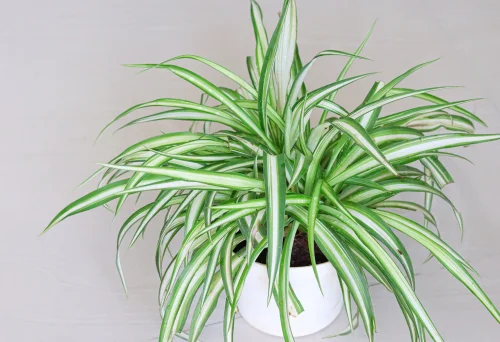
The spider plant (Chlorophytum comosum) stands out as a highly adaptable and easy-to-cultivate indoor plant, making it an excellent choice for living room decor. Renowned for its air-purifying prowess, the spider plant's leaves possess the remarkable ability to absorb toxic particles, including mold and allergens. Named for its spider-like leaves that gracefully dangle from the mother plant, this species thrives best in partial shade, although it can tolerate heavy shade, but with less robust development. Direct sunlight may cause leaf scorching.
For optimal placement, position the spider plant in the east or northeast areas of the home, as per Vaastu principles, symbolizing growth, new beginnings, and positive energy. If your living room allows for hanging plants, consider incorporating spider plants near the window for a stunning visual effect, given their cascading foliage.
Best indoor plants for living room #3: Peace lily
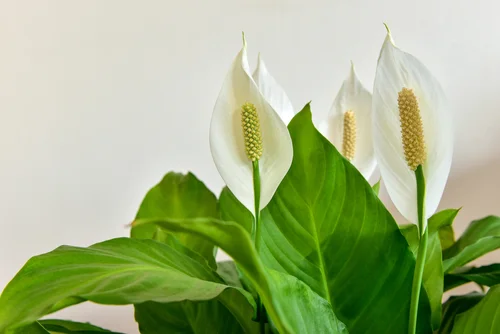
The peace lily, scientifically known as Spathiphyllum, is a lush, dark green plant featuring delicately hued, hooded lily flowers. Recognized for its ability to thrive with minimal sunlight and water, the peace lily stands out as an exceptional choice among living room indoor plants. Renowned for its air-purifying qualities, it is advisable to position the peace lily away from direct sunlight. This plant is particularly well-suited for low-light environments, thriving in shade or partial shade, and even tolerating fluorescent lights. The peace lily makes for an excellent addition to living room tables. Its watering preferences include a generous amount at once, allowing the soil to dry out between watering sessions. Generally, a weekly watering routine is sufficient for the optimal care of this resilient indoor plant.
Best indoor plants for living room #4: Boston fern
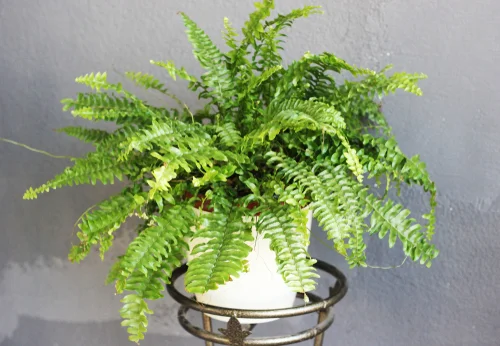
The Boston fern (Nephrolepis exaltata) emerges as an outstanding indoor plant choice, requiring bright and filtered light, as well as a humid environment for optimal growth. Particularly well-suited for hanging baskets, the Boston fern's lush, green leaves cascade gracefully, enhancing the aesthetic appeal of any living room. Flourishing in indirect, bright light, this plant serves as an effective air purifier, absorbing toxic VOCs from the surroundings.
This easily managed vine plays a role in reducing mold within your home. To ensure its well-being, maintain consistently moist soil and limit exposure to direct sunlight to a maximum of four hours per day. According to Feng Shui principles, the Boston fern emanates positivity, making it a positive addition to your living room indoor plants collection.
Best indoor plants for living room #5: Snake plant

The snake plant (Sansevieria) stands out as a low-maintenance choice frequently positioned in living room corners. Recognizable by its succulent nature, it features long, sturdy, pointed green leaves adorned with golden yellow edges, earning it the nickname "mother-in-law’s tongue." Well-suited for spaces with low light, snake plants are versatile additions to indoor environments.
In alignment with Feng Shui principles, snake plants are believed to bring good luck. Proper care involves allowing the soil to dry between waterings, with special attention to avoiding overwatering during winter. When watering, it's essential to keep the leaves dry, contributing to the overall health of this resilient living room indoor plant.
Best indoor plants for living room #6: Money plant


Money plants, scientifically known as pothos, exhibit remarkable versatility, thriving in both soil and water. Propagation is achievable by cultivating the plant from a stem, allowing it to grow in water until roots develop. When opting for soil, it's crucial to use well-drained soil to prevent excess water accumulation and potential root rot.
These plants are adaptable to low and medium light conditions, making them suitable for various spots within a living room. Beyond their decorative appeal, money plants are reputed for bringing wealth and good luck, aiding in overcoming financial obstacles. As natural air purifiers, they effectively filter air toxins. According to Vaastu principles, placing the money plant in the southeast corner of the living room is considered auspicious.
The decorative possibilities for money plants are diverse; they can be arranged in hanging pots, incorporated into wooden frames for a vertical garden, wrapped around a moss stick, or positioned in a transparent glass container filled with water, adding an elegant touch to any corner of the living room.
Living room indoor plant arrangement and decoration ideas
- Decorating the living room with plants is a wonderful way to add joie de vivre and greenery to the
- Place the plants at different heights with small potted plants on shelves or cabinets. Plants make for excellent accent pieces in spacious homes.
- When arranging indoor plants opt for a fancy pot of ceramic, fibre or terracottato match the
- Use plants to segregate areas in the living room.
- Create a plant corner with a mix of cascading ferns, spider plants and money plants. Arranging plants in the entry foyer, on a table by a window or clustered on the floor is a lovely way to create a decorative focal point
- Vertical gardens are trending. Choose one of the walls and attach plant containers to Have a frame made with horizontal rows to place the plants.
- Opt for bonsai for the living room. Similarly, terrariums can add a lovely green vibe to the décor.
Indoor plants for living room: Care tips
- Use balanced soil that would help the plants to grow.Use regular soil, compost, coir peat and vermicomposting in equal proportions.
- Place them at a location that receives some amount of sunlight. However, this will depend on the type of plantas all of them do not require the same amount of sun.
- At the time of purchase, be sure to check their care instructions from the nursery.
- Prune your plants, as and when needed, to promote the growth of new leaves.
- Underwatering may not kill the plants and can be dealt with but overwatering surely kills plants.
- Keep the indoor plant’s leaves free of dust. Wiping them with a soft, damp cloth regularly helps the plant to grow.
- Keep the indoor plants together rather than keeping them A clustered arrangement helps plants thrive better.
- For pest problems, keep a bottle of neem oil handy as its anti-microbial properties help manage most pests.
Indoor plants for living room: Benefits
Incorporating living room indoor plants not only elevates the visual appeal of the space but also provides a multitude of benefits that positively impact your overall well-being. Here are some of the primary advantages of having indoor plants in your living room:
- Improved air quality: Indoor plants act as natural air purifiers by absorbing pollutants such as formaldehyde, benzene and trichloroethylene. They release oxygen during photosynthesis, creating a healthier and fresher indoor environment for you and your family.
- Stress reduction: Research has shown that being around plants and greenery can help reduce stress levels and promote relaxation. Indoor plants in the living room create a calming ambiance, making it an ideal space for unwinding after a long day.
- Enhanced mood and productivity: Living with indoor plants can positively impact your mood and boost overall well-being. The presence of greenery indoors has been linked to increased productivity, focus, and creativity.
- Humidity regulation: Certain indoor plants naturally release moisture through a process called transpiration. This helps regulate indoor humidity levels, creating a more comfortable and pleasant living environment.
- Noise reduction: Indoor plants can act as natural sound absorbers, reducing background noise and creating a quieter living room space.
- Visual appeal: Indoor plants add beauty and charm to your living room, instantly uplifting the décor and creating a soothing atmosphere.
- Allergy relief: Some indoor plants, such as Peace Lily and Spider Plant, are known for their ability to remove allergens from the air, providing relief for allergy sufferers.
- onnection to nature: Incorporating indoor plants in your living room brings a touch of nature indoors, fostering a sense of connection to the natural world, even in urban environments.
- Better sleep: Certain indoor plants, like Lavender and Aloe Vera, emit calming scents that can promote better sleep and relaxation.
- Low maintenance options: There are various indoor plant species that require minimal care, making them perfect for individuals with busy lifestyles or limited gardening experience.

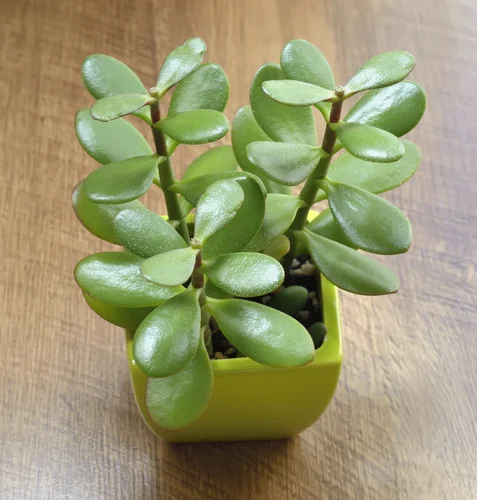
Also Read: 15 Best Vastu Plants For Home Which Brings in Happiness & Wealth




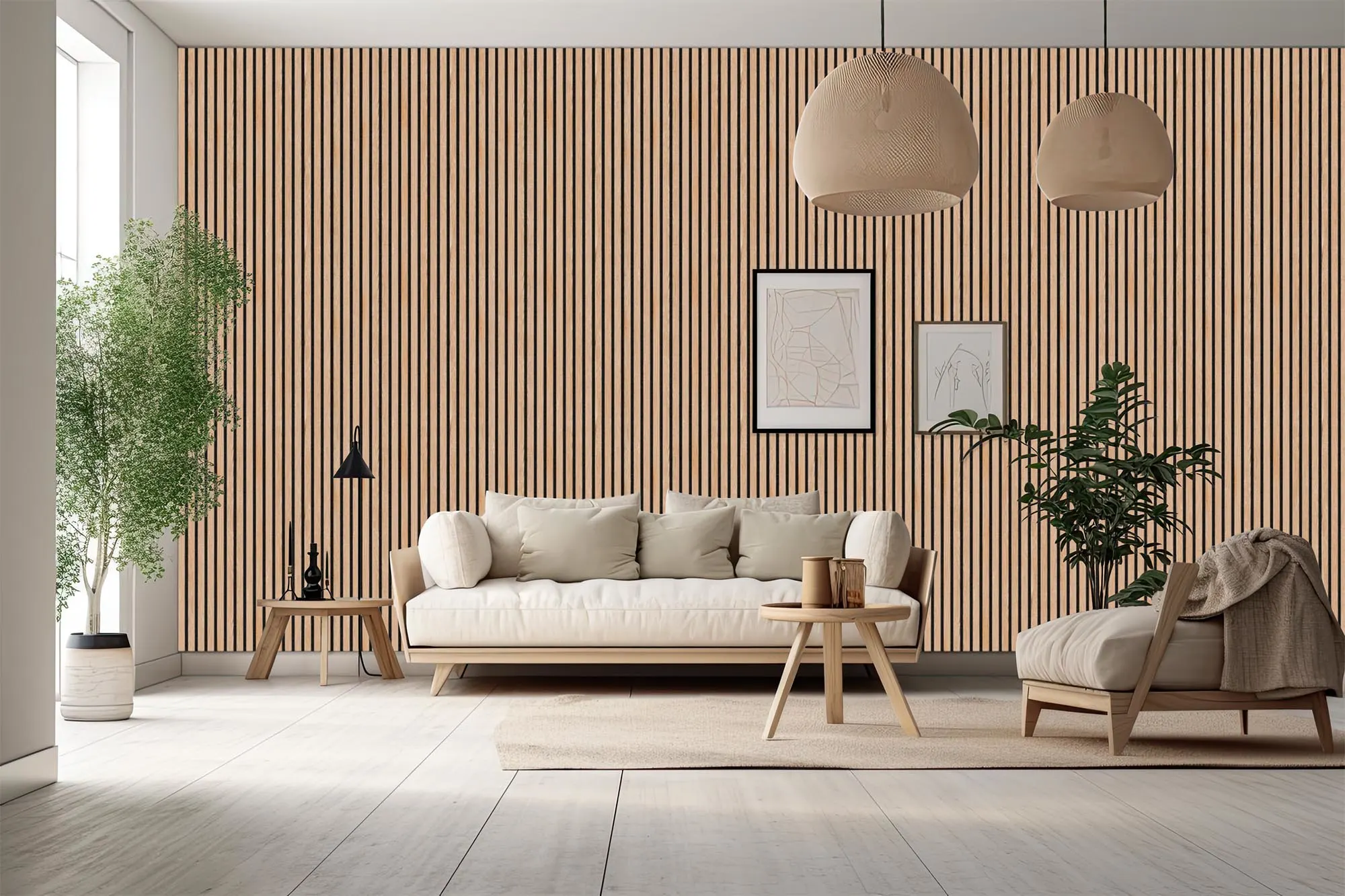






_1768555354.webp)
Ans 1. Succulents and Cacti These plants are drought-resistant, meaning they don't need regular watering; only just when the soil is completely dry. They also come in many shapes and sizes to decorate your space and can help clean the air. Some varieties, including the jade plant, can increase humidity in a room.
Ans 2. Indoor plants can grow without sunlight, but they do require some kind of light source. Most plants can survive in very low-light conditions, and artificial grow lights can provide the necessary light for photosynthesis.
Ans 3. 1) Philodendron. The Philodendron is a plant that can thrive in soil and in water. ... 3) Wandering Jew. Another tropical plant that fares well with moderate or even low-light conditions. ... 4) English Ivy. ... 6) Spider Plant. ... 7) Chinese Evergreen. ... 8) Arrowhead Plant. ... 9) Coleus. ... 10) Azolla.
Ans 4. What Plants Purify Air? Top Air Purifying Plants for Indoor Spaces Bamboo Palm. As one of the most popular indoor plants, the tropical palm is especially good at filtering formaldehyde along with benzene, xylene and chloroform in style. ... Spider Plant. ... Gerbera Daisy. ... Snake Plant. ... Chrysanthemum. ... Peace Lily. ... Aloe Vera.
Ans 5. The peepal tree is a tree which gives oxygen for 24 hours. It is also known as the bo or bodhi tree and belongs to the same genus as neem trees. The peepal grows up to 15 m tall and has grey bark on its branches. It's native to India, Myanmar and Sri Lanka but is now found throughout Southeast Asia.9
Ans 6. Pachira Money Tree. ... Snake Plant. ... Swiss Cheese Plant. ... Peace Lily. ... Potted Orchids. ... Rubber Plant. ... Palm Plant. Palm plant is very popular when we talk about lucky plants. ... Jade Plant. Jade plant is known to provide success and prosperity.